Get to know our U.S. Director
Betsy Fisher has been leading our team advocating for skilled migration pathways in the United States since May 2022.
She is an immigration lawyer, and came to TBB with a wealth of experience as an advocate and expert on U.S. immigration and refugee resettlement.
Betsy previously served as the Director of Strategy at the International Refugee Assistance Project (IRAP). Betsy is also a pro bono advisor at United Stateless and a lecturer in International Refugee Law at the University of Michigan Law School.
Hi Betsy! What made you decide to take up the role of U.S. Director with TBB?
I met two of TBB’s founders, Bruce and Mary Louise Cohen, right as TBB was launching in 2015. We stayed in touch over the years, so I’ve been following TBB’s work for a long time.
In previous roles, I worked in government advocacy and direct legal services helping refugees navigate refugee resettlement and other immigration programs. I’ve seen firsthand how refugees living with urgent needs are often unable to access those programs. TBB is working to expand the number of pathways available to refugees to relocate – which feels like a logical extension.
What are you most excited to be working on in the U.S. program?
Many things! Building coalitions to remove obstacles that refugees face in accessing pathways like employment-based visas and family reunification. Working with the U.S. team and our TBB colleagues globally to match refugees with U.S. employers in need of their skills. And spending time with our small but mighty U.S. team!
How do you believe the United States can benefit from welcoming refugees for their skills, and vice-versa?
We know that there is still an acute labor shortage across a range of industries in this country. At TBB, we hear firsthand from U.S.-based employers who, after the pandemic and years of immigration restrictions, aren’t able to fill all of their roles.
And millions of refugees are looking for ways to reestablish themselves in places where they can live safely, support their families, and advance their futures. Our plan is to prove that moving to the United States for work is one way for refugees to do that.
What’s your vision for how things could look 50 or 100 years from now, based on the work we’re doing today?
My hope is that most refugees globally will be able to access pathways to live in safety – whether in their home countries or elsewhere, and that immigration systems accommodate refugees on the same basis as people who are not displaced.
If you had a theme song, what would it be?
Can I pick five? Two of these artists are children of refugees.
I Want to Break Free by Queen
Hang with Me by Robyn
Let ‘Em Say by Lizzo and Caroline Smith
We the Common (For Valerie Bolden) by Thao and the Get Down Stay Down
Love on Top by Beyonce
Who/what makes you laugh?
My five nieces and nephews – four little people and one big puppy. And Twitter memes about U.S. immigration law.
What do you like to do when you’re not working?
Vegetable gardening in the summer. Making playlists, apparently. And I watch a lot of sports, including Michigan women’s and men’s basketball (go blue!), the Minnesota Lynx, and Liverpool Football Club.

